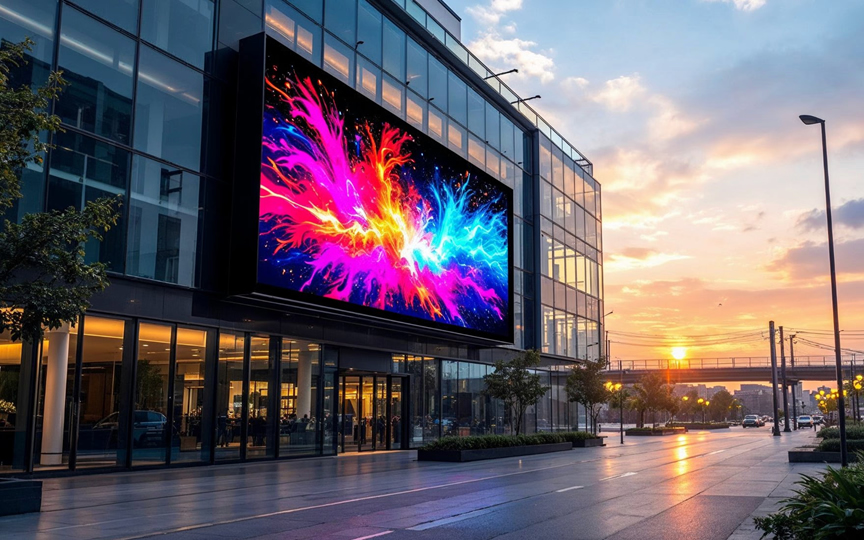Walk into any major city today and you’ll find yourself surrounded by vibrant, eye-catching LED displays. From the massive screens lighting up sports stadiums to dynamic digital billboards in bustling public squares, LED technology is no longer just about showing images — it’s reshaping how people interact with their environment and each other.

Take stadiums, for instance. A few decades ago, scoreboards were static and limited. Now, they’re gigantic LED canvases delivering ultra-high-definition replays, interactive stats, fan messages, and even live social media feeds. This creates an immersive experience that goes way beyond just watching a game. Fans feel more connected to the event and to each other, making every moment more memorable.
But the transformation isn’t limited to sports venues. City squares worldwide are turning into digital hubs, using LED displays to inform, entertain, and engage residents and visitors alike. In places like Times Square in New York, Piccadilly Circus in London, or Shibuya Crossing in Tokyo, LEDs pulse with vibrant advertisements, public service announcements, and artistic visuals that bring life to the urban landscape. They invite people to pause, share, and sometimes even participate in what’s happening around them.
What’s driving this explosion of LED adoption? It’s not just about brightness or clarity, although modern LEDs certainly deliver on both counts. The real magic lies in their flexibility and interactivity. Many LED installations now incorporate touchscreens, motion sensors, or connect with mobile devices, turning passive viewers into active participants. Imagine walking by a city display and seeing a message personalized just for you, or joining a live poll that updates in real-time on a giant screen.
There’s also a sustainability angle. LED technology has come a long way in energy efficiency compared to older display tech. Cities and venues are keen to lower their environmental footprint while still creating impactful visuals. This aligns perfectly with the growing demand for smart city solutions, where digital infrastructure supports both ecological goals and public engagement.
Of course, challenges remain. The cost of high-quality LED installations and the need for constant content updates can be barriers for some municipalities. But as prices drop and software tools improve, expect to see LED displays becoming even more integrated into daily urban life — not just as advertising boards but as platforms for community connection, culture sharing, and real-time communication.
What started as a simple way to show scores or ads has blossomed into a powerful medium shaping how cities communicate and how people engage with their surroundings. From stadium roar to city buzz, LED displays are lighting up public spaces in ways that are as inspiring as they are innovative.

